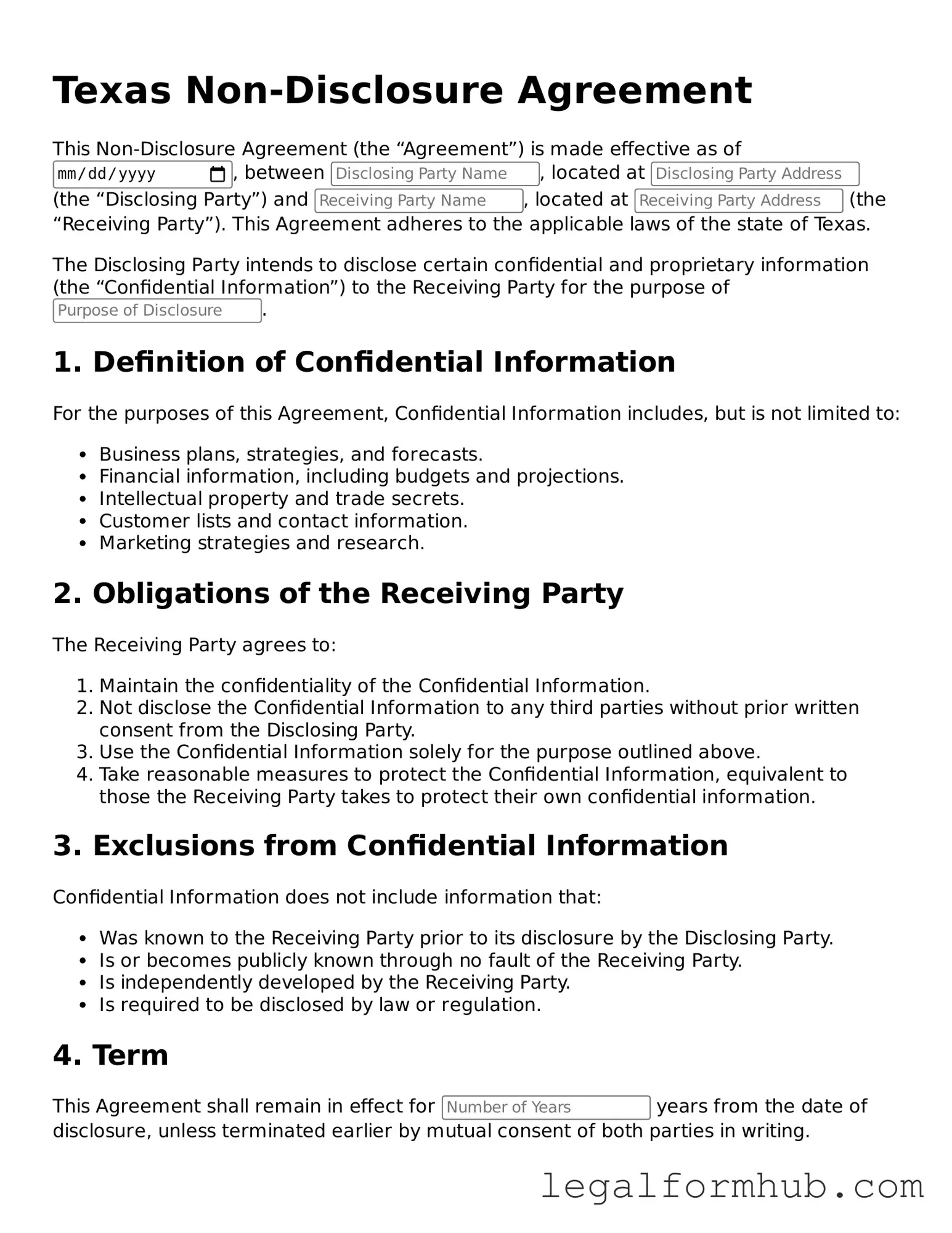The Texas Non-Disclosure Agreement (NDA) shares similarities with a Confidentiality Agreement. Both documents serve the purpose of protecting sensitive information from being disclosed to unauthorized parties. While an NDA is often used in business contexts to safeguard trade secrets, a Confidentiality Agreement can be broader in scope, covering various types of confidential information, including personal data or proprietary processes. The key distinction lies in the context of use; NDAs are typically more formalized, whereas Confidentiality Agreements may be employed in informal settings or personal relationships.
For anyone looking to complete a transaction involving an all-terrain vehicle, understanding the importance of an essential ATV Bill of Sale process is vital. This document not only facilitates the transfer of ownership but also protects both parties involved in the sale.
Another document akin to the Texas NDA is the Non-Compete Agreement. This agreement restricts an individual from engaging in business activities that compete with their employer for a specified period after leaving the company. While the primary focus of a Non-Compete Agreement is on limiting competition, it often includes provisions to protect confidential information, similar to an NDA. Both documents aim to preserve a business's interests, but they do so through different mechanisms—one through confidentiality and the other through competitive restrictions.
The Texas NDA also resembles a Non-Solicitation Agreement. This type of agreement prevents an individual from soliciting clients or employees of a business after their relationship has ended. While the primary purpose is to maintain business relationships and prevent poaching, Non-Solicitation Agreements often contain confidentiality clauses that echo the protections found in NDAs. Both documents work together to create a secure environment for businesses, ensuring that sensitive information and valuable relationships remain intact.
A Mutual Non-Disclosure Agreement is another document that parallels the Texas NDA. In a Mutual NDA, both parties agree to share confidential information while committing to keep it private. This agreement is particularly useful in joint ventures or partnerships where both sides have sensitive information to protect. The fundamental principles of confidentiality are the same, but the mutual aspect allows for a balanced exchange of information, fostering trust between parties, which is crucial for successful collaboration.
Lastly, the Texas NDA is similar to a Proprietary Information Agreement. This document is designed to protect proprietary information, which includes trade secrets, business strategies, and other sensitive data. While the NDA focuses primarily on confidentiality, a Proprietary Information Agreement emphasizes the ownership of the information being shared. Both agreements serve to safeguard valuable assets, but the Proprietary Information Agreement often includes more detailed definitions of what constitutes proprietary information, ensuring clarity and protection for the disclosing party.
